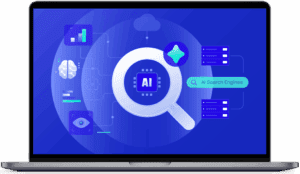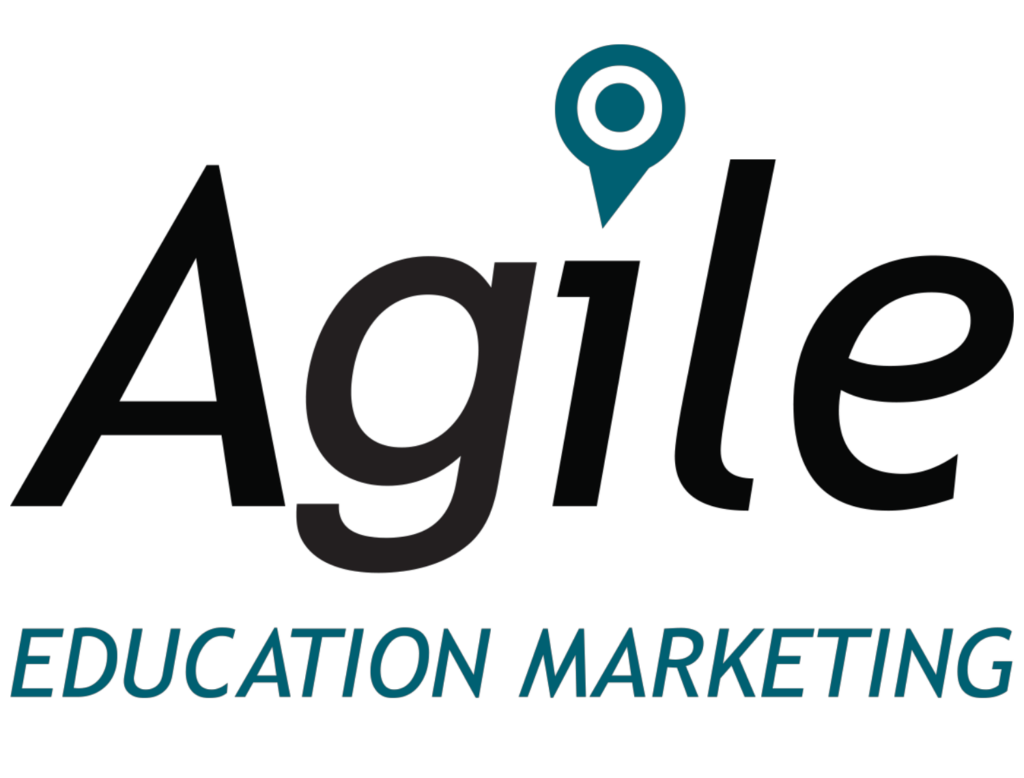Career and Technical Education (CTE) programs are expanding to set learners up for success in today’s workforce. As these programs evolve, now is the ideal time for education solution providers to align with increasing funding, emerging technologies, and growing program offerings. Discover how to position your organization as a key partner in helping schools deliver career-ready learning experiences.
What Is CTE? How Is It Evolving in a Skills-First World?
CTE equips students with practical skills and industry-relevant knowledge to prepare them for the workforce or continued occupational training. Once tied primarily to high schools, CTE has grown across community and technical colleges and private trade schools, reflecting a broader push for career readiness at every level. Perkins V, a federal program, helps drive this expansion by providing states with funding to support CTE in both secondary and postsecondary education.
This momentum is fueled by shifting labor market needs, where employers increasingly favor skills-first hiring and value credentials that signal real-world readiness. In fact, 81% of employers used skills-based hiring last year, and 95% see it as the leading recruitment trend moving forward. Meanwhile, students are seeking faster, more direct paths to meaningful careers—making CTE a powerful bridge between education and employment.
What Do CTE Programs Look Like Today?
Today’s CTE programs blend hands-on learning with cutting-edge technology to prepare students for real-world success. From robotics and 3D printing to drone tech and AI, high schools and colleges are giving learners direct access to the tools shaping tomorrow’s workforce. This includes hybrid classrooms and immersive VR/AR simulations that bring lessons to life.
Students can also earn micro-credentials and stackable certifications alongside their diplomas, adding value at every step. And thanks to strong partnerships with local industries, learners gain real-world experience before they even graduate.
5 Trends Shaping the Future of CTE
The Education Advisory Board reports that 40% of recent college graduates felt unprepared for the challenges of entering the workforce. CTE programs help close this gap in career readiness, and they’re evolving to meet modern workforce demands through several key trends:
1. Skills-Based Teaching for Skills-First Hiring
As more employers shift toward skills-first hiring, CTE programs help align instruction with real-world competencies, rather than just credentials. This growing emphasis on demonstrable skills is fueling demand for competency-based education models. Solution providers can support schools with tools that map learning outcomes to workforce expectations, including customizable curricula, digital assessments, and skills-tracking systems.
2. Microcredentials and Digital Badging
Stackable microcredentials are becoming essential components of CTE, allowing students to build and showcase skills in real time. Digital badges offer another flexible way to recognize achievements beyond traditional diplomas—but they also require secure, scalable platforms. Vendors that provide verifiable, shareable credentialing solutions can help institutions track progress, support learners’ career mobility, and meet growing employer demands for transparency in skills verification.
3. Artificial Intelligence and Adaptive Learning
AI-powered tools and adaptive learning platforms reshape how students engage with vocational training. These technologies personalize instruction, so students can move at their own pace and focus on areas for improvement. For edtech companies, this opens the door to scalable, data-driven solutions that enhance student outcomes, especially in technical fields where individualized mastery is critical.
4. Equity and Access Expansion
CTE programs are increasingly focused on expanding access for underserved and underrepresented communities—whether through rural outreach, flexible scheduling, or language-inclusive resources. Solution providers can design inclusive tools that scale equitably. Platforms that work across devices, accommodate diverse learners, and integrate culturally responsive content support institutions in delivering more equitable CTE pathways.
5. Stronger Industry-School Partnerships
Workforce-aligned learning depends on strong collaboration. Schools are increasingly partnering with employers to create custom curricula, implement real-world training tools, and co-brand certifications. For vendors, this reveals an opportunity to co-develop tailored solutions, such as industry-standard equipment, virtual training modules, and credential platforms aligned with sector needs.
Where the CTE Demand Is—and How to Reach It
CTE is expanding nationwide, with particularly strong growth in regions tied to manufacturing and rural economies. In places like Midland, MI, voters have approved multimillion-dollar bonds to expand high school CTE facilities. Community colleges and technical high schools are also becoming innovation hubs—Midland College, for example, is turning away qualified diesel and welding students due to limited space, prompting new funding efforts. Meanwhile, states like Minnesota, Oregon, Utah, and Ohio are investing in CTE through targeted funding, levies, and Perkins V grants to strengthen career-pathway programs.
How Solution Providers Take Advantage of CTE Opportunities
Here are key strategies to help you connect with schools and position your organization as a trusted partner in workforce-ready learning.
- Use education data for smarter targeting: Tap into detailed education data to find districts and schools investing in CTE. Information on teacher counts, student enrollments, and purchasing cycles helps you focus efforts where they’ll have the most impact.
- Align solutions with in-demand skills: Customize your offerings to match local workforce needs, ensuring your products support the skills employers are actively seeking.
- Support micro-credentials and stackable learning: Offer flexible solutions that enable schools to deliver micro-credentials and stackable certifications, giving students clear, personalized career pathways.
- Build strong school-employer partnerships: Work closely with schools and local industries to create co-branded programs and real-world training that benefit all parties.
- Deliver scalable, inclusive solutions: Design adaptable, accessible tools that meet the needs of diverse learners and institutions—helping to expand equity in CTE.
How Agile Helps Vendors Thrive in the CTE Space
The future of vocational education is flexible, tech-driven, and focused on skills that matter most to employers. Vendors who adapt to these evolving CTE models can become key contributors to student success and workforce readiness.
Agile Education Marketing helps CTE-focused companies connect with the right educators at the right time by leveraging proprietary education data and detailed classification. From targeting decision-makers like CTE coordinators and program directors to building smarter campaigns that reflect real-time school and program needs, Agile supports outreach across both K–12 and higher education sectors.
Ready to connect with the schools shaping tomorrow’s workforce? Explore our Education Market Services, or reach out to start the conversation today.




